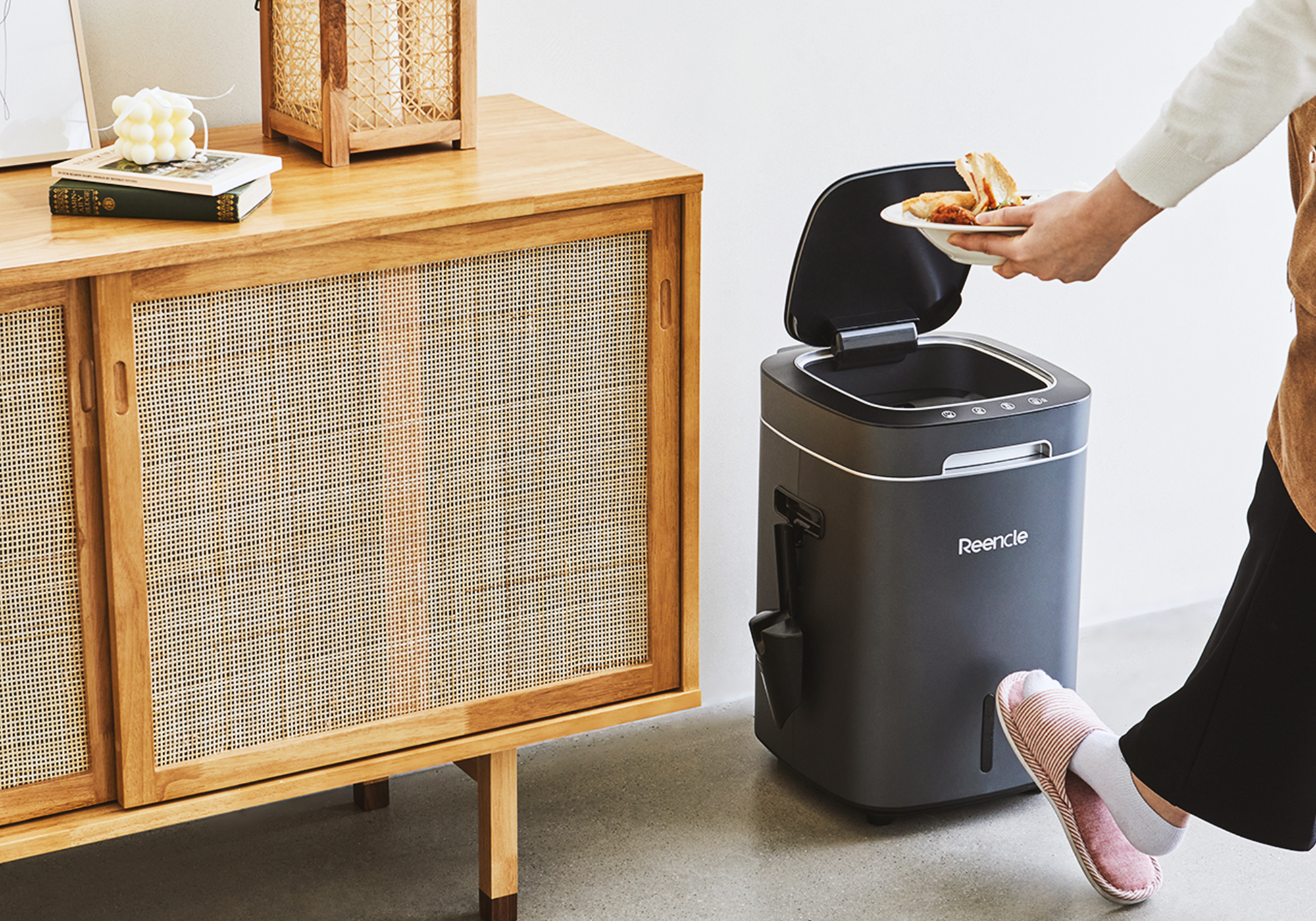Moving into a new home is a significant transition, and for individuals with limited mobility, it requires extra planning and attention to detail. A well-thought-out move-in plan can help reduce stress and ensure safety throughout the process.
Assess Accessibility in Advance
Before moving day, evaluate both your current and new homes for accessibility. Measure doorways, hallways, and entrances to confirm that mobility aids such as wheelchairs or walkers fit easily. Check that ramps, grab bars, and handrails are installed where necessary. If the new space requires modifications, complete those updates before the move to avoid last-minute complications.
Organize and Simplify Packing
Packing can be exhausting, so prioritize items by necessity and accessibility. Keep essential items like medications, medical equipment, and mobility aids in clearly labeled containers and pack them last so they are unpacked first. Use smaller boxes to prevent overpacking, and label each one with its destination room to make the process easier for helpers.
Plan for Moving Day Logistics
A smooth move-in depends heavily on logistics. Arrange for extra assistance from friends, family, or professional movers who are experienced in handling accessibility needs. Make sure pathways are clear, furniture placement is planned ahead of time, and essential rooms such as the bedroom and bathroom are functional as soon as possible.
Set Up a Comfortable Environment Quickly
Once in the new space, focus on safety and comfort. Secure rugs to prevent tripping, place everyday items within reach, and ensure adequate lighting throughout the home. Taking these steps early helps promote independence and confidence in the new environment.
Moving with limited mobility requires thoughtful coordination, but it does not have to be overwhelming. With careful preparation, support from reliable helpers, and attention to accessibility, settling into a new home can be a safe and positive experience. Look over the accompanying infographic below to learn more.




